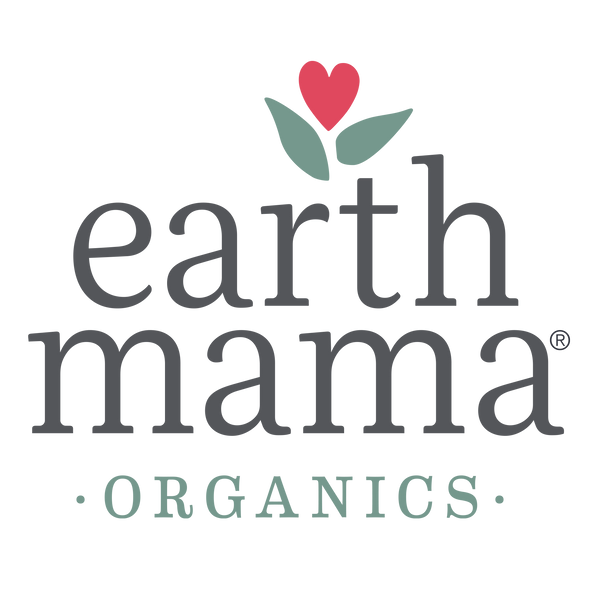What is Reef Safe Sunscreen

In recent years, several states and countries have banned the use of chemical sunscreens due to the harm they cause to marine life.
With about 4,000 - 6,000 tons of sunscreen ending up in the world’s oceans every year as well as the damage certain sunscreen chemicals can cause to coral reefs and ocean inhabitants, it’s understandable that reef-safe sunscreens are now being required by places like Hawaii, Key West, and the U.S. Virgin Islands (just to name a few).
What Makes a Sunscreen Reef-Safe
With chemicals like oxybenzone and octinoxate being banned by these places, you’ll want to look for a mineral sunscreen made with non-nano zinc. Because there is no actual “reef-safe” certification, it’s possible for anyone to use the term. That’s why it’s important for you to read labels and know what you’re looking for.
In essence, reef-safe is a marketing term: it’s undefined, and in the U.S., it’s unregulated by the government. Sunscreen manufacturers are not required to test or confirm their products are safe for marine life.
More importantly, a sunscreen without oxybenzone or octinoxate does not actually make it reef-safe or people-safe. It’s just that those two chemicals are the only ones that have been banned. There are a lot questionable sunscreen ingredients you absolutely should stay away from:
These chemicals show varying levels of scientific evidence of harm to marine environment:
- Oxybenzone
- Octinoxate
- Triclosan
- Nanoparticles – zinc and titanium dioxide
- Parabens
- Octocrylene
- 4-Methylbenzylidene-camphor (4MBC)
- Homosalate
- Octisalate
- Microbeads (plastic)
- Enzacamene
- Para-aminobenzoic acid (PABA)
READ MORE: How to Choose the Best Sunscreen for Your Family
What’s the Best Reef-Safe Sunscreen?
Thankfully, there are trustworthy, actually reef-safe (and people-safe) sunscreen options available, like Earth Mama’s Mineral Sunscreens, which are thoughtfully formulated with safe ingredients for the whole family, including folks with extra sensitive skin.
Here are some helpful tips for what to look for:
- You read the ingredients labels carefully, paying attention to the active ingredients and the non-active ingredients, too.
- Choose mineral sunscreen with non-nano zinc oxide or non-nano titanium dioxide. These are natural minerals that act as a barrier, sitting on top of the skin and scattering rays and won’t sink into your skin. All of Earth Mama’s Mineral Sunscreens use non-nano zinc.
- If a sunscreen claims to be organic or have organic ingredients, look for a certification — like the one from NSF/ANSI 305 Organic Standards for Personal care — that’s been verified by a third party.
- Look up the sunscreen on the EWG Skin Deep Cosmetics database, and find products rated a 1 (the best rating you can get).
Until the term “reef-safe” is regulated, it’s important that you as a consumer and parent read the labels and understand the ingredients that you are putting on yourself and your family.

